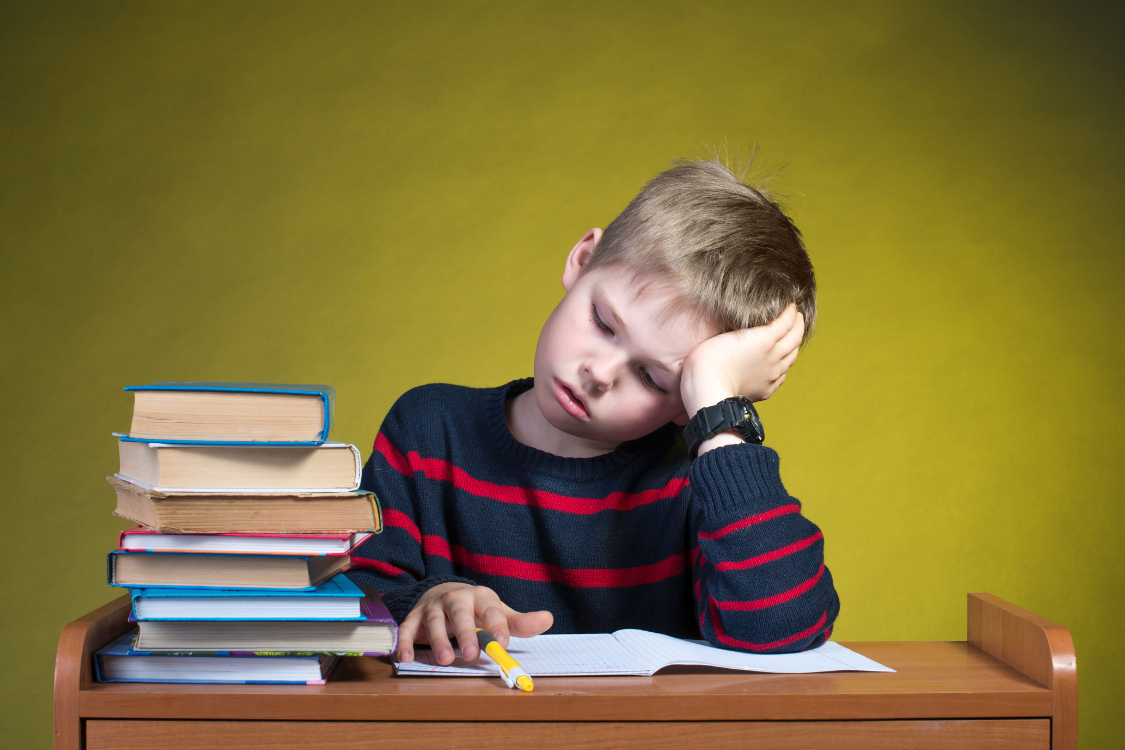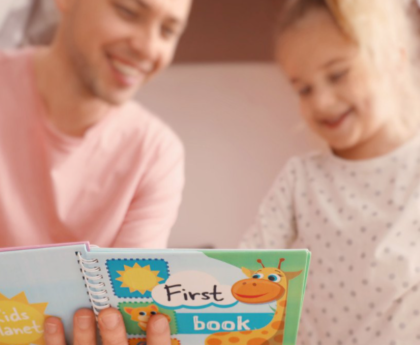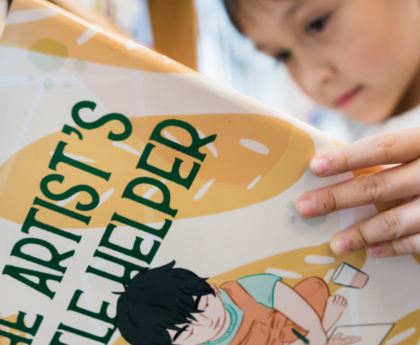Dyslexia is a type of Specific Learning Disorder (SLD) that can cause difficulties with reading, writing, and spelling. As the most common learning disability, it’s estimated that nearly 20% of the population may have dyslexia at varying levels of severity, even if they aren’t diagnosed.
While dyslexia is a learning disorder, there are effective instructional methods that help dyslexic people gain the literacy skills they need to thrive.
If your child is struggling to read or write, you might be wondering why. Let’s cover some of the common signs of dyslexia in children and what you can do to address them.
What is Dyslexia?
Put simply, dyslexia is a type of learning disability that affects literacy. It’s unrelated to intelligence level and can affect people of any culture, ethnic background, gender, or socio-economic situation.
The most widely accepted definition of dyslexia today was established in 2002 by the Definition Consensus Project. Upon the project’s completion, the International Dyslexia Association, National Center for Learning Disabilities, and National Institute of Child Health and Human Development released a consensus on today’s working definition of dyslexia.
Let’s break it down:
“Dyslexia is a specific learning disability that is neurobiological in origin.
It is characterized by difficulties with accurate and/or fluent word recognition and by poor spelling and decoding abilities.
These difficulties typically result from a deficit in the phonological component of language that is often unexpected in relation to other cognitive abilities and the provision of effective classroom instruction.
Secondary consequences may include problems in reading comprehension and reduced reading experience that can impede growth of vocabulary and background knowledge.”
— International Dyslexia Association, Definition of Dyslexia
Scientific research and an increased understanding of dyslexia reveal that early intervention is most beneficial. For early intervention to occur, it’s important to know the common signs of dyslexia.
Early Signs of Dyslexia
Many families notice the first signs of dyslexia after their child starts going to school. This is because before your child enters preschool or kindergarten, they’re still developing pre-reading skills. The more subtle, language-based signs of dyslexia can be easily overlooked.
Note: Not all children share the same signs or severity of dyslexia. Individuals with dyslexia each have different weaknesses and strengths.
Signs of Dyslexia in Young Children
The earliest signs of this disorder are related to spoken language and sequencing. From toddlerhood to kindergarten, a child might show early signs if he or she:
- Begins to talk later than most children
- Learns new words slowly
- Struggles to use the right words to express themselves
- Consistently mixes up word pronunciations (for example, flutterby instead of butterfly; my juther bro instead of my brother Joe)
- Can’t remember the names of colors, letters, shapes, or numbers when developmentally appropriate
- Loses track while singing children’s nursery rhymes
- Has trouble separating sounds or syllables
- Struggles to follow verbal instructions or spoken cues
- Enjoys hearing stories but avoids books, word games, alphabet puzzles, and other language-related activities
Many children are ready to learn how to read by the time they enter kindergarten or first grade. While children don’t often begin explicit reading instruction before then, it’s still helpful to know these early signs. You can seek a professional opinion if you think your child’s language or literacy development is delayed.
Common Signs of Dyslexia in Elementary Schoolers
As children begin to read and write in kindergarten onward, dyslexia becomes more obvious. A child shows clear signs of dyslexia if he or she:
- Reads below their expected reading level
- Struggles to form a response or make decisions when answering questions
- Consistently has a hard time following sequences (the alphabet, lists, phone numbers, patterns, and sequential concepts in stories or real life)
- Processes auditory information slowly
- Has a hard time sounding out words in print while reading
- Has difficulty spelling and writing
- Avoids activities that involve reading or writing
- Spends an unusually long time trying to complete tasks that involve reading or writing
- Has emotional outbursts when trying to read out loud with family or tutors
- Reads out loud slowly, timidly, or awkwardly
- Exhibits low self-esteem in class and/or dreads school
- Has negative attitudes toward schoolwork, homework, and learning in general
Sometimes children with dyslexia can “compensate” or use their strong oral language abilities to guess their way through words they couldn’t read individually. These compensating strategies can sometimes make it appear that a child is reading at the earliest stages, but they later struggle once pictures are removed and more complex words are introduced.
No matter the age of your child, another strong indicator of dyslexia is if there’s a family history of reading difficulties or specific learning disorders. A parent or family member might relate to their child’s reading challenges and experience uncomfortable memories of their own frustrations in school. Know that this doesn’t have to be your child’s experience. Seek the help they deserve.
How to Help Children With Dyslexia
If you notice your child showing early signs of dyslexia, schedule an assessment with an educational or school psychologist. Proper diagnosis is key to navigating the next steps, which include structured literacy instruction and other helpful approaches to reading.
Ideally, early intervention should happen before third grade. The earlier a child gets properly diagnosed, the more support they can receive, resulting in a better learning experience for life.
Ready to find help for your struggling reader? Here are a few places to start:
- Be patient with your child and let them know they can and will improve with help
- Talk with your child’s healthcare providers about your concerns
- Ask your child’s teachers if they have any insight
- Schedule a dyslexia assessment from a trained professional (sometimes these are offered at schools, clinical offices, or reading organizations)
- Educate yourself and your family about the common signs as well as myths of dyslexia
- Build a support network and find peers who help destigmatize dyslexia
Reading and language difficulties can be frustrating, overwhelming, and discouraging for children. Many dyslexic children experience feeling “stupid” or “lazy” because they can’t keep up with people’s expectations of reading or learning. It’s important to advocate for your child, get them the help they need early, and work with their teachers to ensure a healthy learning environment. Encourage your child and remind them that their learning challenges are not their fault.
Dyslexia and Reading Education for Parents
Whether your child is beginning to have a hard time with literacy or they’ve recently received a dyslexia diagnosis, you still play a major role in your child’s reading education.
Additional resources like family education, at-home reading exercises, and structured reading apps can help your child build the reading skills they want and need. To learn more about these supportive resources to use at home, explore reading.com!





